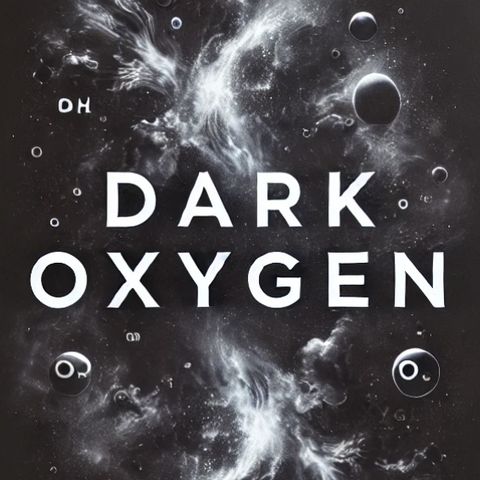25 JUL. 2024 · In the vast expanse of our universe, a cosmic mystery has been brewing, challenging our understanding of one of life's most essential elements: oxygen. This enigma, known as "Dark Oxygen," has left astrophysicists and cosmologists scratching their heads for years. But what exactly is Dark Oxygen, and why does it matter? Let's dive into the depths of this celestial conundrum. The Oxygen Predicament Oxygen, the third most abundant element in the universe after hydrogen and helium, should be ubiquitous according to our current models of stellar evolution and cosmic chemistry. Stars forge oxygen in their fiery cores, supernovae explosions scatter it across space, and complex chemical reactions in the interstellar medium (ISM) continue to produce it. Yet, when scientists point their telescopes to the cosmos, they find a puzzling shortfall. This discrepancy between the predicted and observed amounts of oxygen in the universe is what gave birth to the concept of Dark Oxygen. It's important to note that "dark" in this context doesn't mean invisible or unknown, but rather unaccounted for in our current observations and measurements. Theories and Hypotheses: Where Could the Oxygen Be Hiding? Several intriguing theories have emerged to explain this cosmic shortage:
- The Hidden Oxygen Theory: This hypothesis suggests that the missing oxygen might be lurking in forms that are challenging to detect with our current technology. For instance, molecular oxygen (O2) in dense molecular clouds can be elusive to our instruments. Similarly, oxygen bound in complex molecules like water (H2O) or carbon monoxide (CO) might be masked by other spectral lines, making it difficult to quantify accurately.
- The Oxygen Depletion Hypothesis: Another possibility is that oxygen is being removed from the ISM through various mechanisms. It could be incorporated into dust grains or other solid particles, effectively hiding it from our detectors. Alternatively, chemical reactions might be converting oxygen into other compounds at a rate we haven't fully accounted for. Some researchers even propose that oxygen might be escaping galaxies through powerful galactic outflows.
- The New Sources Theory: This idea posits that there might be unconventional sources of oxygen that our current models don't fully capture. Exotic stellar processes, such as those occurring in Wolf-Rayet stars or asymptotic giant branch (AGB) stars, could be producing oxygen in ways we don't yet understand. Additionally, there might be complex interstellar chemistry at play that our current knowledge doesn't encompass.
Implications and the Road Ahead The Dark Oxygen problem is more than just an academic curiosity. Resolving this mystery could have far-reaching implications for our understanding of the universe:
- Astrophysical Processes: Uncovering the fate of this missing oxygen could reveal new mechanisms governing the formation and evolution of stars, galaxies, and even planetary systems.
- Galaxy Evolution: Oxygen abundance is a crucial factor in modeling galaxy evolution. Solving the Dark Oxygen puzzle could significantly refine our models of how galaxies form and change over time.
- Planetary Formation and Life: The availability of oxygen in the ISM directly impacts the formation of planets and the potential for life as we know it. Understanding Dark Oxygen could provide insights into the conditions necessary for life to emerge in the universe.
To tackle this cosmic riddle, scientists are employing a multi-pronged approach:
- Advancing Observational Techniques: Researchers are developing more sensitive detection methods to identify oxygen and oxygen-bearing molecules in the ISM. This includes using advanced space-based telescopes and improving data analysis techniques.
- Refining Theoretical Models: Astrophysicists are working to enhance our theoretical understanding of oxygen production and depletion mechanisms. This involves incorporating more complex chemical reactions and stellar processes into our models.
- Exploring the Exotic: Scientists are investigating unconventional sources of oxygen, including exotic stellar processes and novel interstellar chemistry. This "out-of-the-box" thinking could lead to breakthrough discoveries.
Conclusion The Dark Oxygen enigma stands as a testament to the ever-evolving nature of our cosmic understanding. As we peer deeper into the universe, we often find that our knowledge is incomplete, prompting us to ask new questions and seek innovative solutions. The quest to solve the Dark Oxygen mystery not only challenges our current astrophysical models but also promises to unveil new secrets about the fundamental workings of our universe. As research progresses, we may find that Dark Oxygen is not so dark after all, but rather a beacon illuminating the path to a more profound comprehension of the cosmos. In the meantime, this celestial detective story continues to captivate scientists and space enthusiasts alike, reminding us that the universe still holds many secrets waiting to be discovered.


